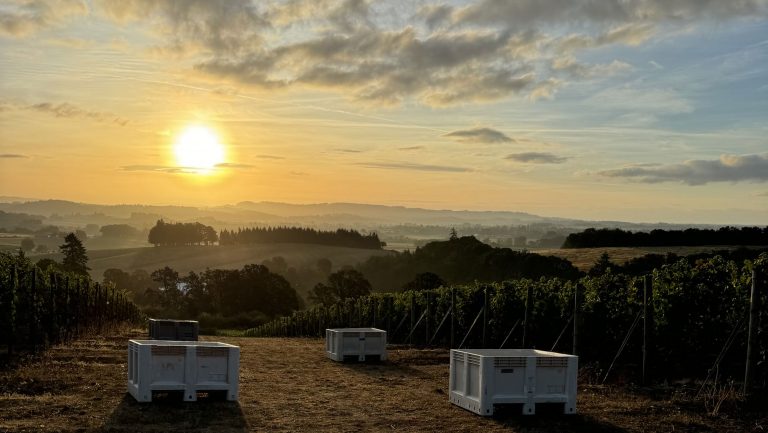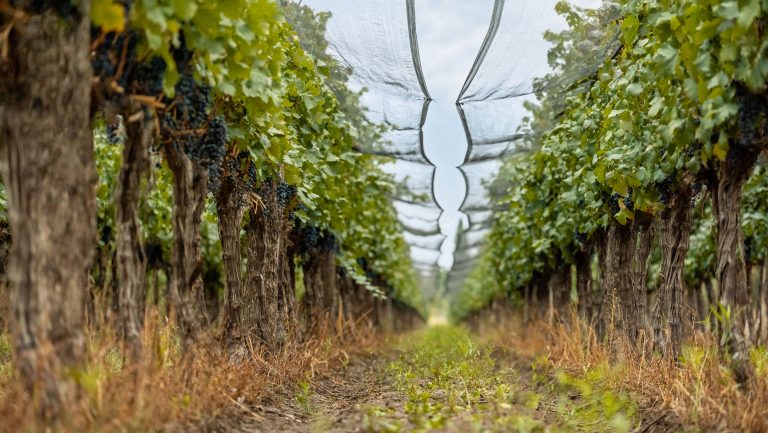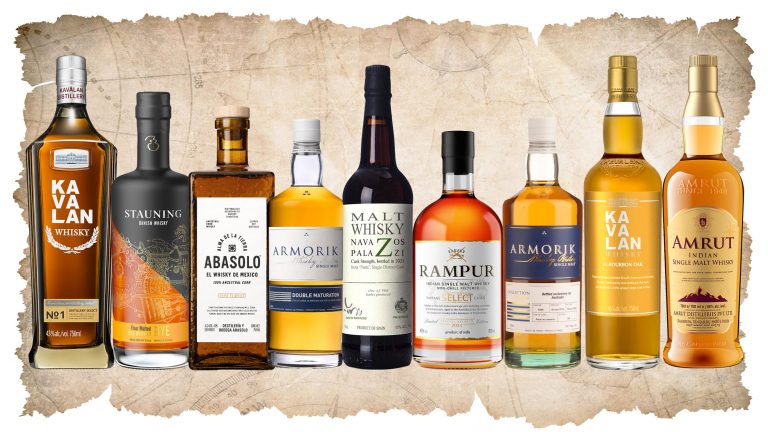From the outlook for sommelier careers, to the impact of climate change, to the end of tariffs, the wine industry had plenty to juggle in 2021. Sustainability was top-of-mind (spurring us to launch SevenFifty Daily’s Sustainability Section this year), as evidenced by popular articles detailing Diana Seysses’ research around the impact of carbon capture during winemaking and the profitability potential of organic winegrowing. But the most-read wine feature of the year was a recent one by Diana Hawkins, exploring the natural wine community’s response to Institute of Masters of Wine research linking low sulfur dioxide usage with headache-inducing biogenic amines.
5. Why Sommeliers Are More Essential Than Ever
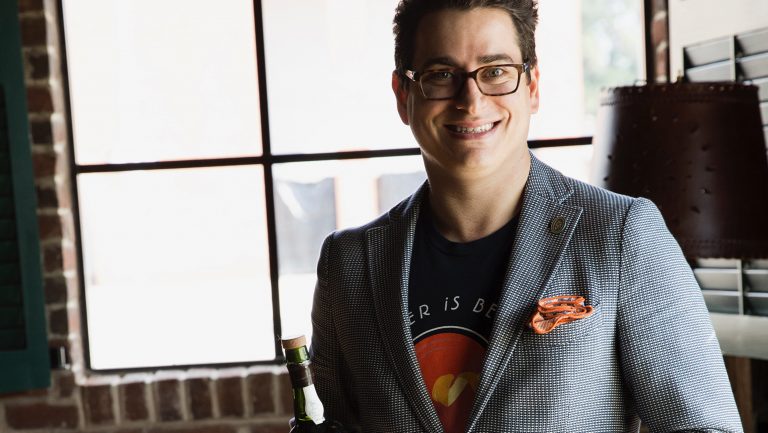
Understanding the wine specialist’s real impact on restaurant revenue
After the chef, a sommelier fulfills one of the most important roles in a restaurant. Yet many restaurants consider sommeliers to be unnecessary or expendable.

Don’t miss the latest drinks industry news and insights. Sign up for our award-winning newsletters and get insider intel, resources, and trends delivered to your inbox every week.
Sommeliers were typically the first to be cut from a shift pre-pandemic, and in more recent months, they have been the first furloughed and last rehired. Operators believe that because sommeliers tend to earn higher salaries than other employees, cutting them from payroll will improve profit by reducing labor costs. While this seems intuitive, the opposite is true: Capable sommeliers improve the financial position of a restaurant even if they don’t touch every table. This misconception stems from a misunderstanding of a sommelier’s true value.
Not only are sommeliers some of the most experienced hospitality workers on the floor, they are also hyper-specialized in maximizing revenue in the category with the highest profit potential. This has never been more important than now: Restaurants are simply not equipped to sustainably operate at 25 or 50 percent capacity, as most states currently mandate, so every dollar counts. [Read more]
4. Why Organic Winegrowing Can Be More Profitable Than Conventional
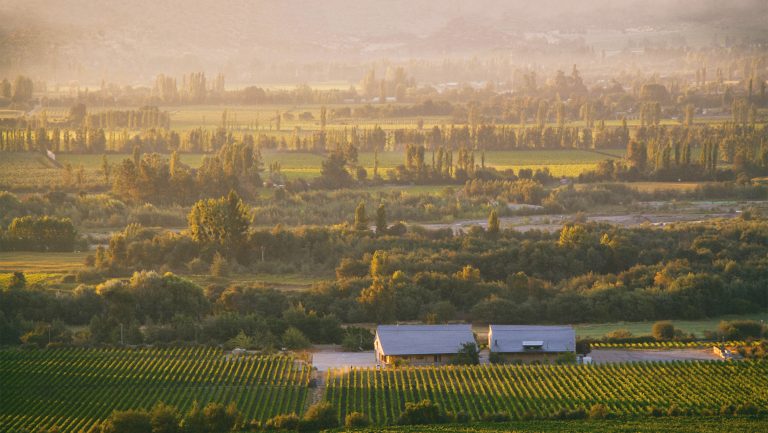
Better materials, vineyard longevity, higher quality, and increasing consumer demand are creating a healthier bottom line for organically farmed wines
From $4 Trader Joe’s organic wine to high-end Bordeaux, growers and vintners are seeing that organic farming costs are not the barrier they were once considered to be. More experience and know-how, improved materials, and new equipment have created better production methods that can make organic as financially profitable as farming conventionally—and sometimes more so.
In the past, financial experts assumed that organic farming meant extra input costs: extra tractor passes, extra labor, extra materials, and extra equipment. It could also mean lower yields during transition years. While cost estimates range widely depending on vineyard pests, site, climate, and skill of the grower, rising consumer demand and longer-lasting, healthier vines are proving to offer a healthy return on investment for organic grape farming. [Read more]
3. Beyond High-Profile Scandals, Wine Fraud Is Rampant

How the pandemic-fueled increase in online sales and decrease in vetting has led to more counterfeit bottles—and how wine professionals can spot them
When most of us think about wine fraud, we think of headline-making names like Rudy Kurniawan, the first person to be arrested for counterfeiting wine. Released from federal prison on Nov. 6, 2020 after serving seven years behind bars, Kurniawan, aka “Dr. Conti”—so named for his prolific Domaine de la Romanée-Conti trades—sold millions of dollars of fake bottles between 2004 and 2012, most of that through auction houses such as Acker Merrall & Condit, which alone sold $35 million worth of Kurniawan’s bottles in just two auctions.
Yet hiding behind high-profile players like Kurniawan and Hardy Rodenstock—the German wine trader who peddled the fraudulent “Jefferson bottles” of 18th-century Lafite to collectors such as Christopher Forbes and Bill Koch in the ‘80s—recent reports across the globe demonstrate that fraud is more pervasive in the industry than people realize. Many players exist on a small scale, says Edgerton—and they aren’t always trading in unicorn bottles.
From Penfolds to Jacob’s Creek, even a counterfeit whiskey ring recently uncovered in Rioja, fake bottles are produced and being sold around the world. And with the pandemic-fueled uptick in online sales of fine wine, combined with lessened ability to enact preventative measures, a growing number of fraudulent bottles are circulating undetected. [Read more]
2. ‘Carbon Capture During Fermentation Could Make Wine a Negative-Emission Industry’

Domaine Dujac’s Diana Seysses explains how producers can become key players in the future of green fuel by working together to trap CO2 during vinification
Few industries bear witness to climate change more closely than the wine world.
Last year the Napa Valley was on fire again. Then in April, Burgundy and all of France endured a catastrophic frost which has been declared a natural agricultural disaster. As an enologist and as a land steward in these two beautiful and historic wine regions, I have recognized that there is no issue more important to our world and industry than that of climate change. The fine wine community has made impressive strides in taking decisive and direct action to adapt—and to reduce our impact.
In the last four years I have thoroughly studied my industry from the perspective of sustainability and greenhouse gas emissions. One small, transparent piece of this puzzle has particularly captured my attention and imagination: the carbon dioxide emitted by yeast during fermentation.
Though vinification doesn’t produce large volumes of CO2, it’s a point of production with an obvious opportunity for capture—and if the industry worked together, carbon sequestration during fermentation could make wine a negative-emission industry. [Read more]
1. What New Research About Wine Headaches Means for Natural Wine
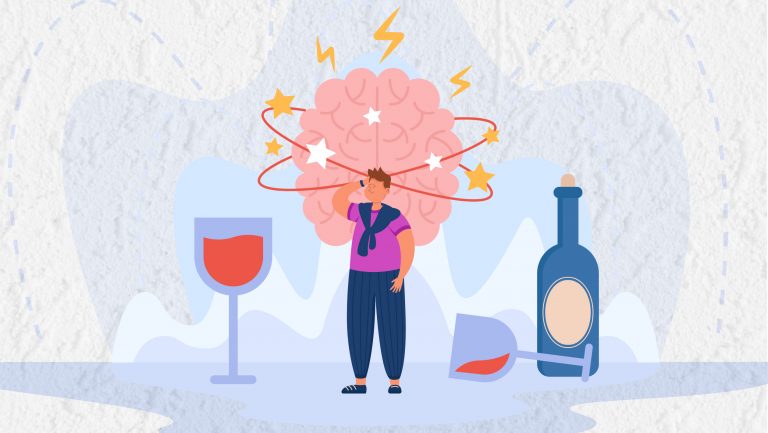
Recent research has identified a link between lower sulfur dioxide usage and higher levels of headache-inducing biogenic amines. Could it mean the end for no-SO2-added wines?
Over the past decade, sulfites have become some of the most vilified, controversial, and misunderstood compounds in the wine world. They’ve been blamed for everything from headaches to congestion and subsequently avoided by consumers who have latched onto the association. Though most industry members understand that sulfites don’t cause headaches, the debate around sulfur dioxide (SO2) and its positive and negative effects on wine continues—and foregoing the addition of SO2 is commonplace for many natural winemakers.
That’s why Sophie Parker-Thomson, MW’s recent Institute of Masters of Wine research paper caused such a buzz. In it, she showed that biogenic amines (BAs)—the compounds that are more likely to be the actual culprit behind wine headaches—are higher in wines with no SO2 added before fermentation. Could this change the way that natural winemakers—and the wine community as a whole—view SO2 usage? [Read more]

Dispatch
Sign up for our award-winning newsletter
Don’t miss the latest drinks industry news and insights—delivered to your inbox every week.




